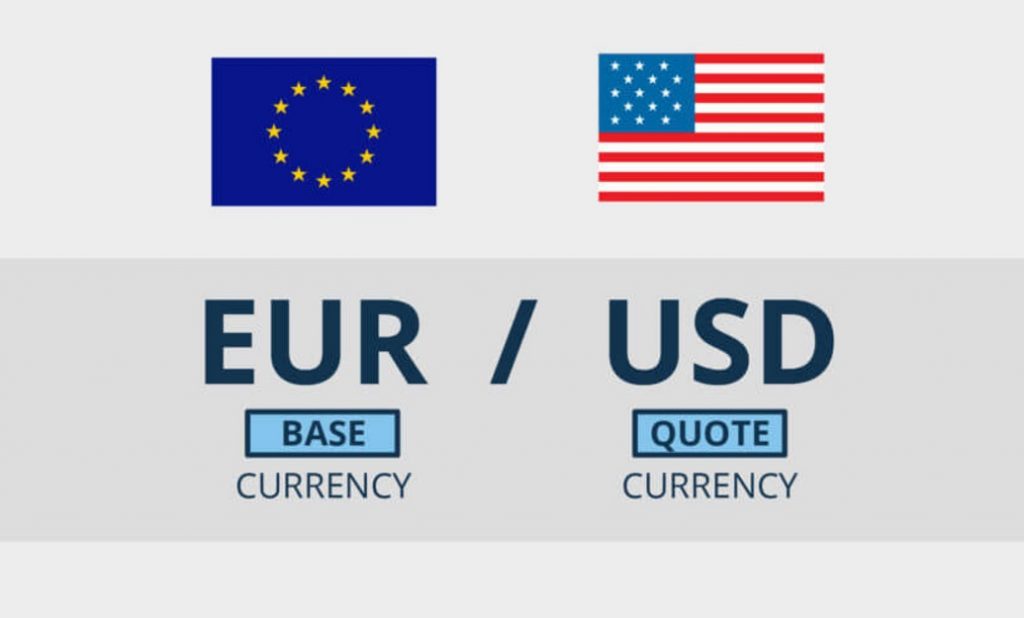Introduction to Forex Quotes
In the world of Forex trading, currency values are not quoted in isolation. Instead, they are quoted in pairs, reflecting the relationship between two currencies. A Forex quote consists of two components: the base currency and the quote currency. These two currencies are paired together to determine the exchange rate, which tells you how much of the quote currency is needed to purchase one unit of the base currency.
The exchange rate between these two currencies is influenced by a variety of factors, including economic data, political events, and technical market analysis. Understanding how these factors impact currency pairs is essential for making informed decisions when trading Forex CFDs (Contracts for Difference).
The Structure of a Forex Quote
A Forex quote is expressed as a currency pair, such as EUR/USD or GBP/JPY. The first currency in the pair is called the “base currency,” and the second currency is called the “quote currency” or “counter currency.”
For example, in the EUR/USD currency pair:
- EUR (Euro) is the base currency.
- USD (U.S. Dollar) is the quote currency.
The exchange rate reflects the value of the base currency in terms of the quote currency. If the EUR/USD exchange rate is 1.2000, this means 1 Euro (EUR) is equal to 1.20 U.S. Dollars (USD). Traders use this information to make decisions on buying or selling currency pairs based on market expectations.
Types of Currency Pairs
Currency pairs are broadly categorized into three types based on their characteristics and the relative strength of the economies involved:
1. Major Pairs
Major currency pairs include the most commonly traded currencies in the world. These pairs usually involve the U.S. Dollar (USD) as either the base or quote currency. The major pairs are highly liquid, meaning they are easier to trade due to their large trading volume and narrower spreads. Some examples include:
- EUR/USD – Euro / U.S. Dollar
- GBP/USD – British Pound / U.S. Dollar
- USD/JPY – U.S. Dollar / Japanese Yen
- USD/CHF – U.S. Dollar / Swiss Franc
2. Minor Pairs
Minor currency pairs, also known as cross-currency pairs, involve currencies from smaller or emerging economies. These pairs do not involve the U.S. Dollar, but they still reflect the economic health and stability of the countries involved. Some examples of minor pairs include:
- EUR/GBP – Euro / British Pound
- GBP/JPY – British Pound / Japanese Yen
- EUR/JPY – Euro / Japanese Yen
3. Exotic Pairs
Exotic currency pairs consist of one major currency paired with a currency from a developing or emerging economy. These pairs are less liquid, often have wider spreads, and are typically more volatile due to the lower trading volume. Some examples of exotic pairs include:
- USD/TRY – U.S. Dollar / Turkish Lira
- EUR/SGD – Euro / Singapore Dollar
- USD/ZAR – U.S. Dollar / South African Rand
Factors Influencing Currency Pair Exchange Rates
The exchange rate between two currencies is determined by a variety of factors, both short-term and long-term. Understanding these factors is essential for anyone looking to trade Forex successfully.
1. Economic Data
Economic data plays a crucial role in shaping currency values. Key indicators such as Gross Domestic Product (GDP), inflation rates, unemployment rates, and manufacturing output provide valuable insights into the overall health of an economy. Strong economic data typically strengthens a currency, while weak economic data can weaken it.
For example, if the U.S. announces better-than-expected GDP growth or lower-than-expected unemployment, the U.S. Dollar (USD) may strengthen against other currencies. On the other hand, weak economic data, such as a rise in inflation, may lead to a decline in the value of the currency.
2. Political Events
Political decisions and events can have a significant impact on currency values. A change in government, elections, or new legislation can cause volatility in the Forex market. Geopolitical tensions, such as trade wars or international conflicts, can also lead to shifts in currency values as investors react to uncertainties in the political landscape.
For example, if there is uncertainty around the outcome of an election in a major economy, the local currency may experience volatility. Political instability can drive investors to safer assets, such as the U.S. Dollar or Swiss Franc, which are often seen as “safe-haven” currencies in times of global unrest.
3. Central Bank Decisions
Central banks play a central role in currency markets by influencing interest rates and monetary policy. When central banks raise interest rates, the currency tends to appreciate due to increased demand for assets denominated in that currency. Conversely, when central banks cut interest rates, the currency may weaken as lower rates make investments less attractive.
For example, the U.S. Federal Reserve (Fed) frequently impacts the value of the U.S. Dollar through its interest rate decisions and economic outlook. Similarly, the European Central Bank (ECB) and the Bank of England (BoE) influence their respective currencies through monetary policy decisions.
4. Market Sentiment and Technical Analysis
Market sentiment plays a significant role in currency markets. Traders often act based on their expectations about future events, which are often influenced by news reports, social media, and global developments. Technical analysis is another important tool used by traders to predict currency movements based on past price data and chart patterns.
Technical analysts use tools such as trend lines, moving averages, and support/resistance levels to identify potential price movements. Market sentiment is often reflected in these price patterns, and understanding them can help traders make more informed decisions when trading Forex CFDs.
5. Speculation and Investor Behavior
Currency markets are also influenced by speculation. Investors and traders try to anticipate future price movements based on their interpretation of economic, political, and market trends. Large institutional traders, hedge funds, and individual retail traders can all drive currency prices in different directions, sometimes causing large swings in the market.
For example, if traders believe that the Euro is likely to appreciate due to strong economic data or political stability in the Eurozone, they might start buying Euros in anticipation of future gains. Speculative activity, combined with other factors, can lead to volatile price movements in the Forex market.
Conclusion
Forex trading is an intricate process that involves understanding various factors that influence currency pair exchange rates. From economic data and political events to central bank decisions and market sentiment, all these elements play a crucial role in determining the value of one currency relative to another.
By understanding the structure of Forex quotes, the different types of currency pairs, and the factors that influence exchange rates, traders can make more informed decisions when trading Forex CFDs. While the market can be volatile and unpredictable, a comprehensive understanding of these factors helps mitigate risks and enhance trading strategies.










